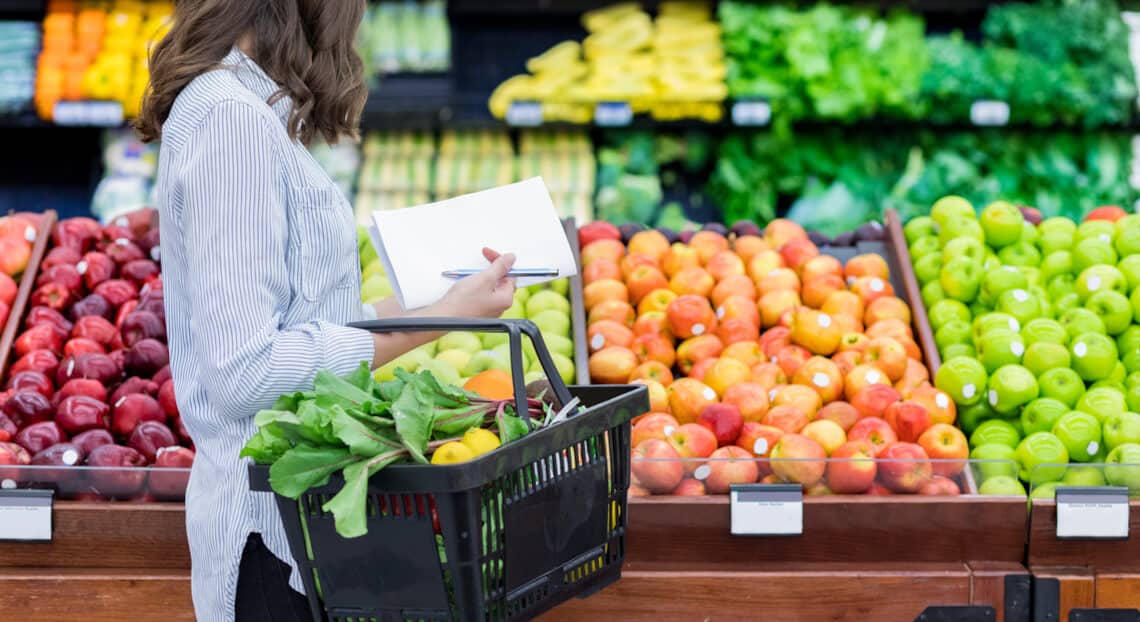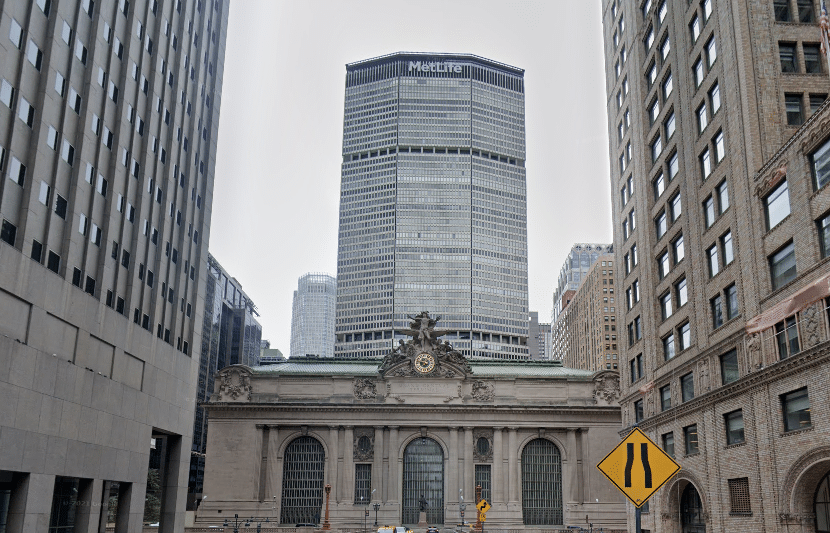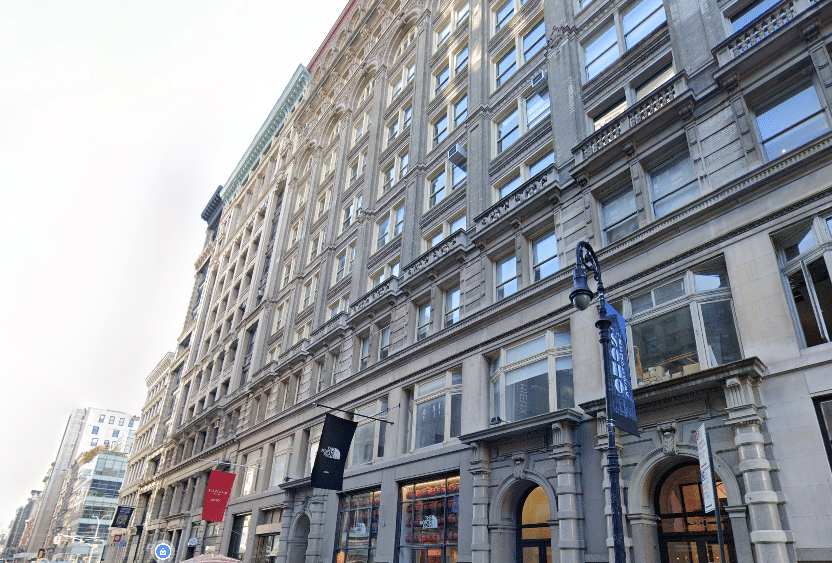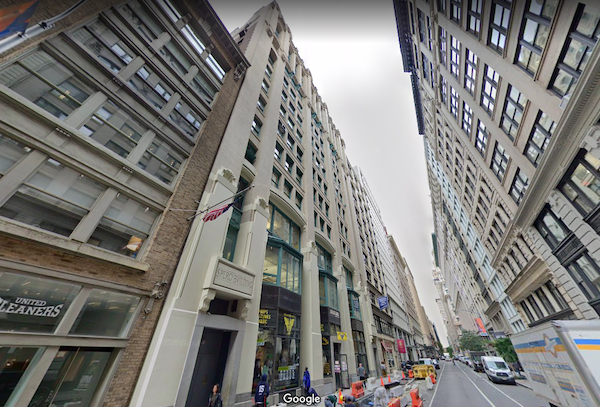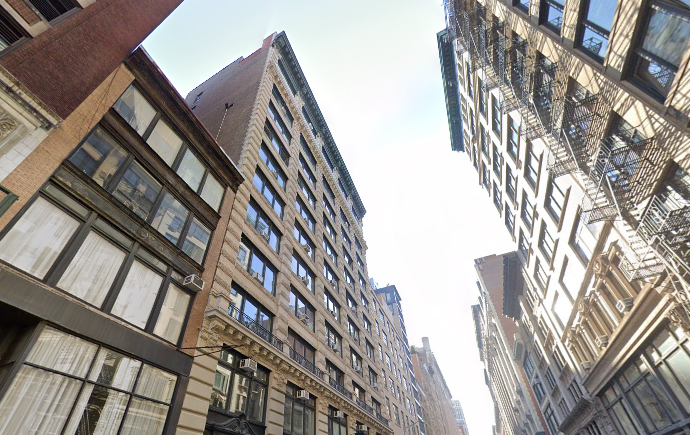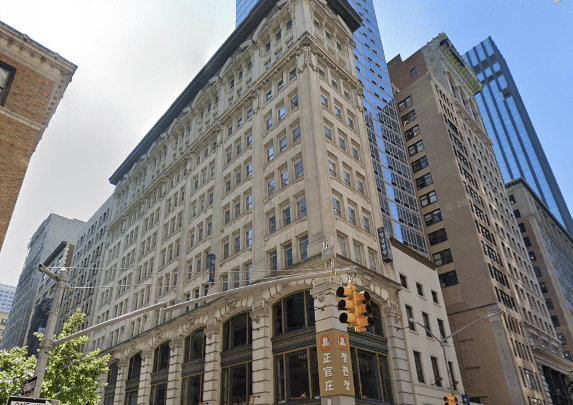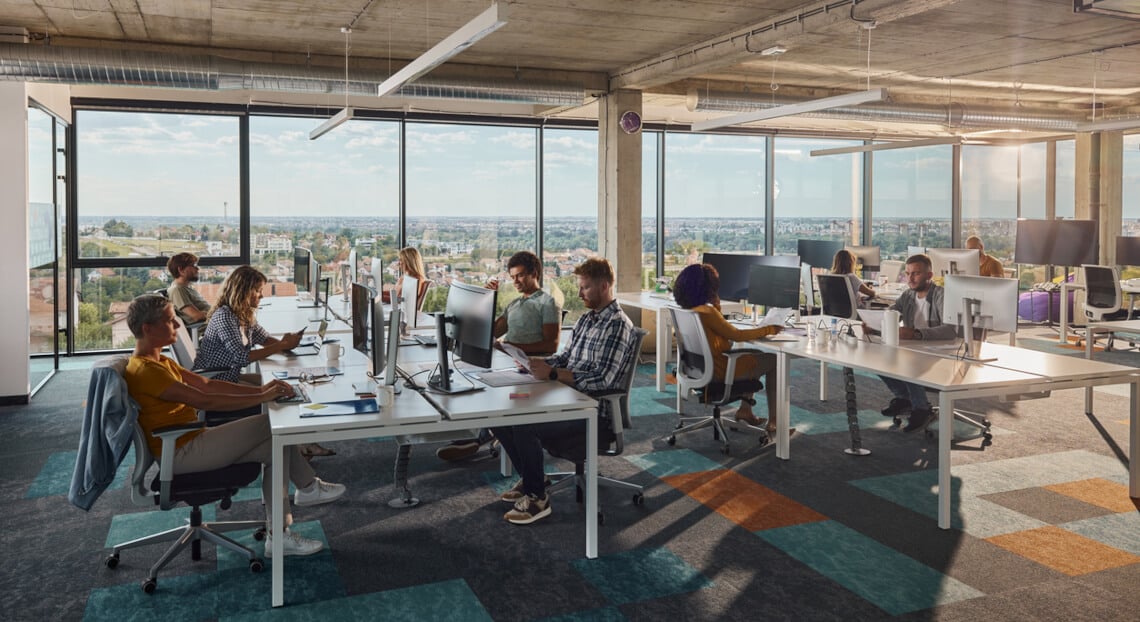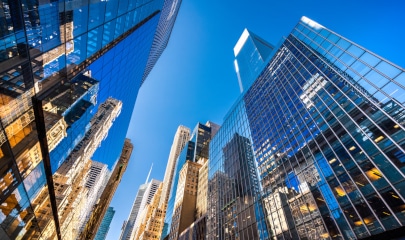The retail industry underwent a sea change during the pandemic. Many local retail businesses had to close their doors due to competition from online retail giants, such as Amazon. Ironically, the retail automation technology developed by Amazon to drive its chain of convenience stores, Amazon Go, may also usher in a retail renaissance, revive offline shopping, and change the demand for retail space.
What Is Amazon Go?
Amazon Go cashierless technology allows customers to purchase products without going through the traditional checkout process, whether it’s at a cashier or using a self-service kiosk. Shoppers sign in with their Amazon accounts or credit cards at the entrance. Cameras and sensors throughout the store detect customers’ activities. Then, AI-powered technologies analyze their motion to determine what they have taken off the shelf and how much they need to pay. Then the shopper is billed the amount on their credit card.
Amazon Go Goes Beyond Grocery and Convenience Stores
Currently, there are two types of Amazon Go stores in the U.S. Amazon Go stores sell ready-to-go breakfast, lunch, and snack items, and Amazon Go Grocery stores offer prepared foods, produce, and household products. Besides several Amazon Go convenience stores in Manhattan, there’s also a Starbucks Pickup with Amazon Go store on East 59th Street. This concept store demonstrates how retailers can use Amazon Go technology to transform the customer experience while navigating the challenges faced by the industry. The Amazon Go cashierless technology has eliminated the usual long lines and frustrating wait times typical for a Manhattan Starbucks. The absence of a checkout area means the foot traffic flows more fluidly and the store feels more spacious—contributing to a more inviting customer experience.
The Future of Retail is Here
The pandemic and the demand for a contactless shopping experience have accelerated the adoption of new technologies in the retail industry. For example, the cashierless concept isn’t limited to the Starbucks/Amazon partnership and the Amazon Go convenience stores. Uniqlo, a Japanese casual wear designer, manufacturer, and retailer., has introduced a system that uses radio frequency identification (RFID) tags to allow customers to check out instantly. Last week, I shopped at a Uniqlo in Paris, France, and experienced this technology first-hand.
The process is intuitive and easy to use, reducing the average checkout time by half. These smart tags also facilitate customer behavior tracking (e.g., items they picked up but didn’t purchase) and inventory management. For example, click-and-mortar retailers can combine data on customers’ online and offline behaviors. This enables them to deliver a personalized shopping experience at all touchpoints. The application of automation technologies isn’t limited to the retail industry. It can also help the food and beverage industry lower labor costs. The concept of having robots take over repetitive food preparation work has gained traction, especially during the Covid-19 pandemic.
The Perfect Storm For Retail Automation
Automation technology hasn’t arrived a minute too soon. The recent labor shortages, coupled with increased costs of goods, means retailers must find ways to automate processes and increase efficiencies to stay competitive. Amazon Go’s cashierless technology can become the linchpin that allows smaller retailers to turn the tide and thrive. Meanwhile, consumers have adapted to the concept of contactless commerce. They’re more comfortable interacting with self-service technologies while expecting less wait time and friction in their shopping experience. They want a trip to the grocery store to be as smooth as one-click checkout.
34% of consumers would choose unattended retail channels because of the shorter lines. And 33% would use the option to avoid talking with store employees. Additionally, 78% of consumers who use digital wallets prefer to make purchases from unattended retail channels, and almost 70% are willing to pay more for self-service shopping options. Retailers also benefit by taking various manual and repetitive tasks off the employees’ plates. Staff can refocus on strategic tasks such as interacting with customers, building relationships, and making product recommendations without driving up labor costs. Fueled by consumer demand for a streamlined experience and retailers’ need to improve profitability, Amazon Go and similar technologies are poised to change the face of retail.
Key Considerations on Implementing Amazon Go
While Amazon Go can solve various challenges faced by the retail industry, there are also some concerns retailers must consider. It costs an average of $1 million to open a store driven by Amazon Go technologies. This means only large retailers can afford to operate a fully automated store at the moment. The high upfront cost will deter small businesses from adopting the technologies. Instead of full automation, small businesses should look for lower-cost solutions to automate certain aspects of their operations. Reducing the number of employees may expose a store to higher risks of robberies, shoplifting, and other opportunistic behaviors. The application of automation technologies may be limited to areas that already have a high level of security measures in place (e.g., lobbies of buildings in safe neighborhoods.)
How Will Amazon Go and Automation Technology Impact Commercial Real Estate?
Amazon Go and similar technologies have the potential to initiate a retail renaissance as we enter into the post-pandemic world. For example, Amazon is already selling its cashierless tech to other retailers. Right now, retail rents are considerably lower compared with March 2020. Landlords are offering extended free rent of up to 12 months to secure long-term leases.
Small businesses have many opportunities to acquire ground-floor store space at a substantial discount. They can implement retail automation technologies to reduce labor costs and improve operational cost-efficiency while delivering a modern customer experience that can rival large companies. These benefits can help smaller retailers achieve the much-needed profitability eroded by online retail giants. This can, in turn, revive the demand for retail space. The retail landscape is at the brink of another significant shift. When more businesses rent storefront spaces, there will also be a ripple effect on the entire urban fabric and other commercial real estate properties.
Final Thoughts
Several years ago, I represented the British clothing chain Charles Tyrwhitt to acquire a new Manhattan office. My contact told me something that struck me at the time. They said it wasn’t enough for a retailer to operate a successful storefront in a desirable, high-traffic location. To prosper, the company must integrate an online strategy and a mail-order operation to support its physical presence. Consumers expect to interact with brands in different ways.
In fact, retail foot traffic in November 2021 was up 3.9% compared with the same period in 2019. While retail sales increased by 30.6% compared with the onset of COVID. Technological advances have fueled changing customer expectations and increased the complexity of running a retail operation. But businesses that can adapt to market demands and connect the dots will be able to leverage the lower rent and the latest technologies to thrive in a new era where storefronts will prosper again.
